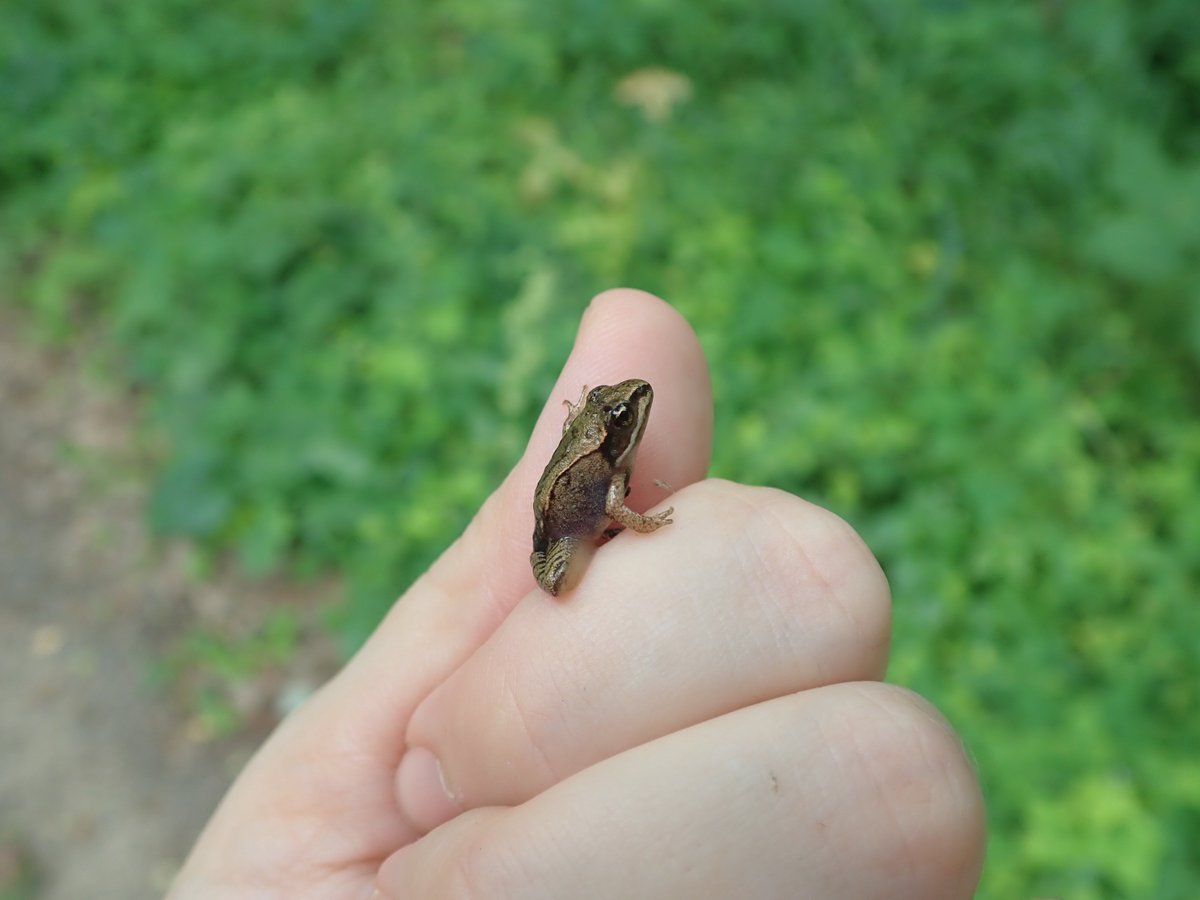Watched this male prairie lizard (Sceloporus consobrinus) visually defend his territory with head bobs and push ups. The area in my mom’s garden was at least 10 m long and contained 2+ females, which were in turn displaying to one another. 1/n 



Female #lizards in the male’s territory 2/n
While all this is going on between the Young and the Restless lizards, another #squamate , a southern black racer (Coluber constrictor priapus) slipped into the garden.
I attempted a capture, but no shoes = no luck (and somehow will probably = poison ivy 😆) 3/3
I attempted a capture, but no shoes = no luck (and somehow will probably = poison ivy 😆) 3/3
• • •
Missing some Tweet in this thread? You can try to
force a refresh














